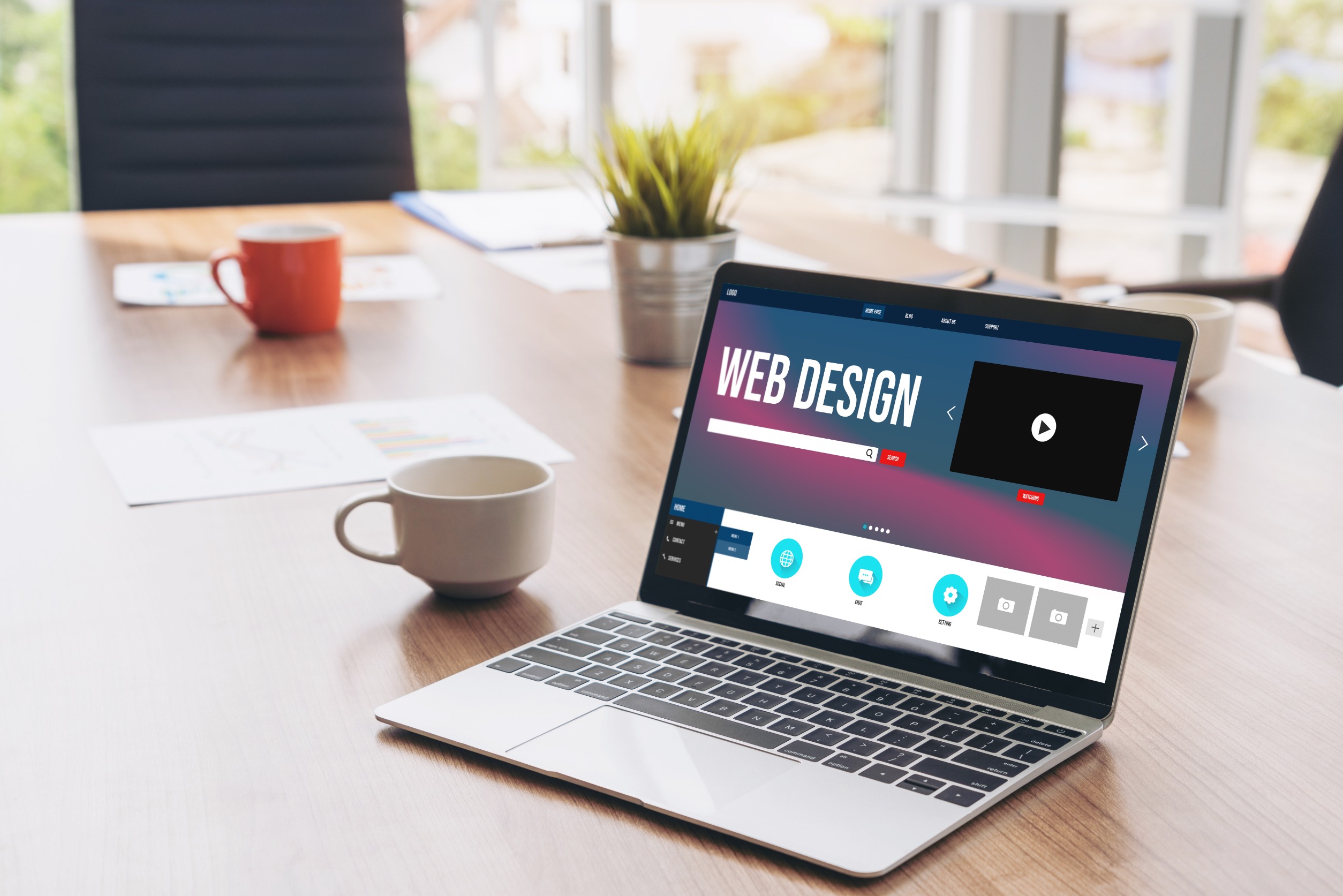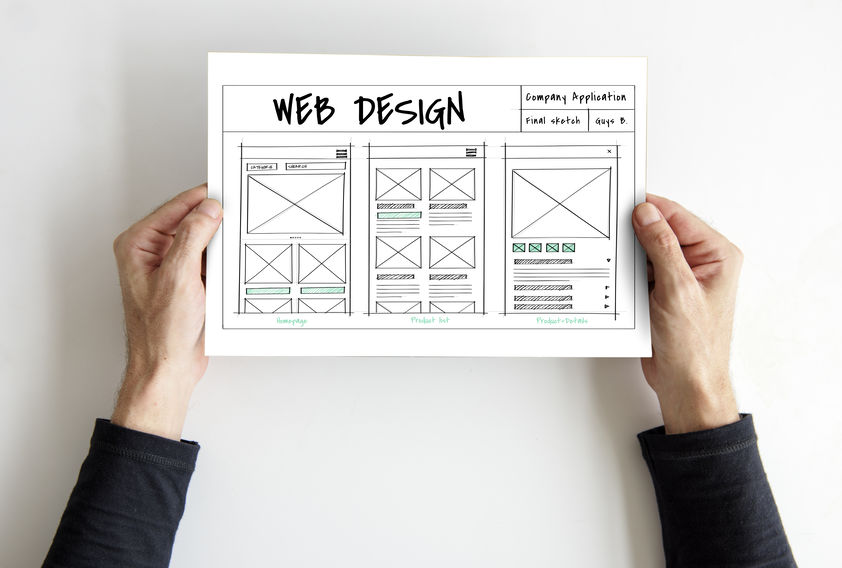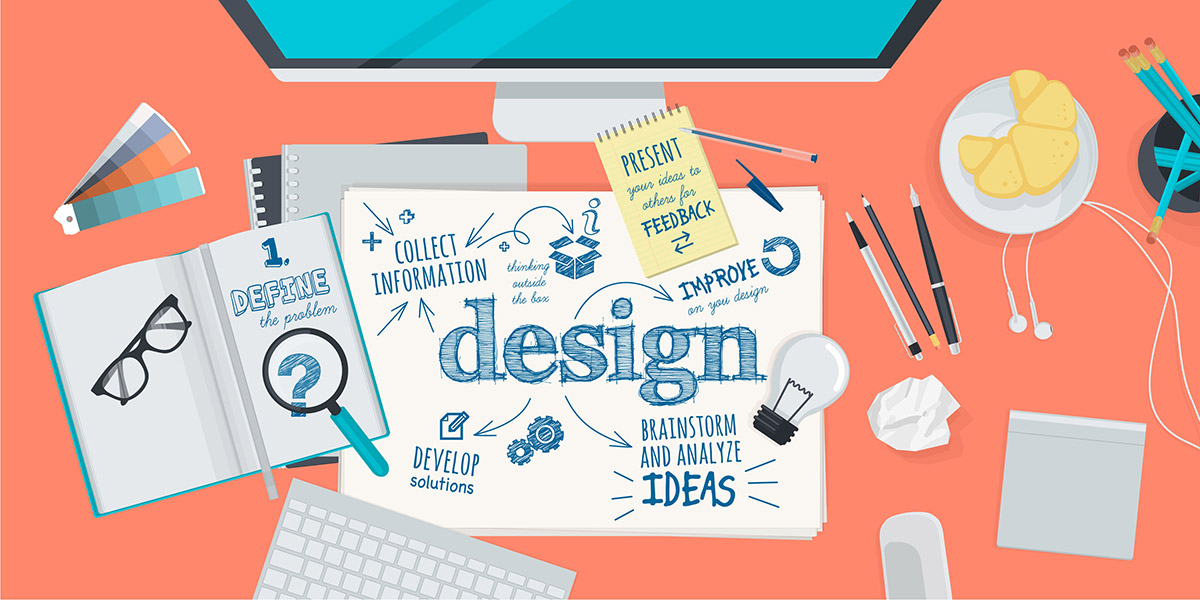How AI Will Impact Website Design for Your Business
24 June 2025

1. Introduction
In Singapore’s competitive digital economy, a strong online presence has become essential for business survival and growth. A well-designed website acts as the cornerstone of a brand’s digital identity, offering first impressions, information, customer service, and sales capability—all in one place.
Artificial Intelligence (AI) is redefining how businesses design and maintain their websites. As AI technologies continue to mature and integrate into mainstream platforms, businesses that embrace them early can gain a strategic advantage. This article explores in depth how AI will influence website design, especially in the Singaporean context.
2. Understanding AI in the Context of Web Design
AI in web design refers to using machine learning, natural language processing (NLP), and computer vision technologies to automate or improve aspects of the website design, content generation, SEO, and user experience. The most common implementations today include automated website builders, AI chatbots, AI-driven content tools, predictive UX personalization, and intelligent analytics dashboards.
Some examples of AI in action include:
- Wix ADI - Builds websites from user prompts using machine learning.
- Framer AI - Converts text prompts into live, editable website mockups.
- ChatGPT & Jasper - Generate SEO-optimized content for blogs, product pages, and more.
- SurferSEO, Clearscope - AI-enhanced keyword targeting and content scoring.
- Midjourney, DALL·E - Generate custom design assets like banners or illustrations from textual descriptions.
3. AI Applications in Web Design: In-Depth Analysis
3.1 Design Automation & Visual Consistency
AI enables rapid wireframe and layout creation based on brand voice and market sector. These platforms are not just templates—they evolve based on business goals. For example, a B2B finance firm would get a different look and CTA structure than an e-commerce fashion brand.
AI ensures design consistency across multiple devices and platforms. It can detect layout issues, adjust padding, alignments, and even recommend color contrast improvements to meet accessibility standards.
3.2 Personalized UX at Scale
One of the strongest benefits AI brings to the table is real-time personalization. AI systems can identify user behavior patterns and serve content, product recommendations, or offers tailored to that visitor. AI-enabled platforms analyze data points like location, device type, browsing history, and even sentiment to predict what a user is likely to respond to.
For example, a repeat visitor from a Singapore-based IP might be shown a different homepage banner or a faster checkout process based on past purchases.
3.3 Content Strategy and AI Copywriting
Content generation is traditionally labor-intensive, requiring planning, keyword research, and writing. AI tools now handle all three. Jasper, Copy.ai, and ChatGPT can generate headlines, product descriptions, blog posts, and email campaigns in seconds. These tools can analyze competitors, match tone of voice, and optimize for readability and conversion.
Still, human editors are required to ensure brand alignment, factual accuracy, and originality—especially for thought leadership content.
3.4 SEO Optimization through Machine Learning
AI has transformed SEO from guesswork into precision science. Platforms like Surfer SEO provide real-time suggestions to optimize titles, headings, content structure, and internal links. AI also assists in metadata creation and schema implementation.
Singaporean businesses aiming to rank for localized keywords benefit from AI's ability to analyze regional search patterns and automate multi-language SEO strategies, especially for Mandarin, Malay, and Tamil content.
3.5 Accessibility Compliance and Ethical AI
With government policies emphasizing inclusivity, websites must be accessible to all users. AI tools automatically check for WCAG compliance—detecting issues with contrast, font size, alt text, and navigation structure. This is particularly relevant for Singapore’s public-facing businesses and SMEs seeking government partnerships or grants.
3.6 Predictive Analytics & Conversion Forecasting
AI doesn't just react—it predicts. Based on historical data, AI tools forecast user behavior and recommend optimizations. Tools like VWO and Google Analytics 4 experiments help A/B test layouts, images, CTAs, and even entire sales funnels—automatically pushing the highest performing variations live.
4. Strategic Benefits for Singaporean Businesses
Singapore's Smart Nation initiative supports digital transformation. Here’s how AI fits in:
- SMEs save time and cost by automating routine design and content tasks.
- Multilingual support through AI translation enables outreach across all four official languages.
- Competitive edge in a digital-first market through faster website launches and real-time personalization.
- Better analytics improve decisions on what design or content changes truly drive results.
5. The Evolving Role of Design Agencies
In the age of AI, web agencies are not replaced—they’re redefined. Our role evolves from implementation to strategic consultation. Here’s how:
- AI Tool Integration: We help businesses choose and integrate the right AI tools tailored to their industry and size.
- Custom AI workflows: Agencies build hybrid human-AI systems that streamline website updates, chatbot responses, and lead qualification.
- Brand-First Creativity: While AI suggests, we fine-tune design and messaging to match brand values and market tone.
- Training & Maintenance: Ongoing management of AI tools, chatbot retraining, and SEO adjustments keep websites ahead.
6. Risks, Challenges, and Responsible AI Use
Despite its promise, AI poses risks. Businesses should be aware of:
- Generic design patterns: Overuse of AI templates can lead to sameness and brand dilution.
- Bias in training data: AI may reflect stereotypes if not trained on diverse, inclusive data.
- Data privacy: AI tools must comply with Singapore’s PDPA regulations when tracking or storing user data.
- Over-dependence: Critical thinking and brand nuance still require human oversight and empathy.
7. Getting Started with AI in Web Design
Not sure where to begin? Here’s a roadmap:
- Audit your current website for design bottlenecks and outdated content.
- Define goals: Lead generation, content automation, UX improvement, or multilingual support?
- Select tools: Choose AI platforms that meet your technical capacity and budget.
- Partner with experts: A web agency can align AI use with your brand and business strategy.
- Test, Learn, Iterate: Use analytics and A/B testing to refine your AI-driven design approach.
8. Conclusion
AI is not a trend—it’s a transformation. For businesses in Singapore, AI is an opportunity to leapfrog outdated design practices, enhance engagement, and grow faster. While AI brings speed, scalability, and precision, the heart of great web design—creativity, empathy, and storytelling—remains human. The future belongs to businesses that know how to blend both.
Need help getting started with AI-powered web design? Speak with our Singapore-based team today to future-proof your digital strategy.










